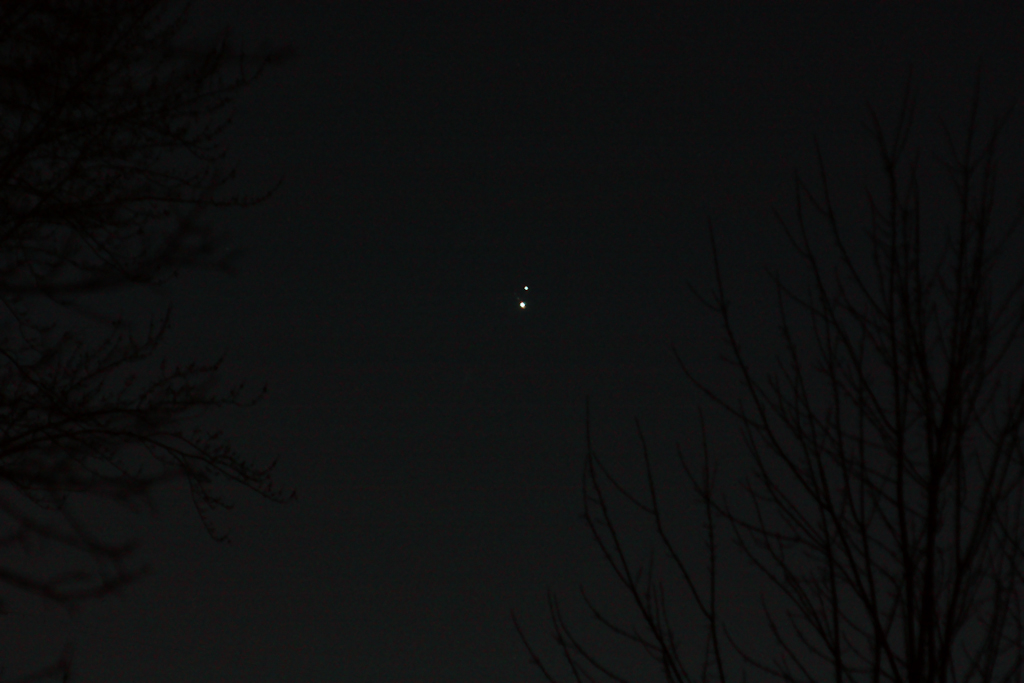
Telescope: Meade 12” LX850 ACF @ f/8, Orion Atlas EQ-G
Camera: ZWO ASI071 MC Pro, -10C, Gain 200
Filter: Orion Imaging Skyglow Filter
Guide scope: Astro-Tech 60mm, ASI290MM Mini, PHD2
Exposure: 44x120sec, saved as FITS
Darks: 32x120s, saved as FITS
Flats: 32x1sec, Tee shirt flats taken at dawn
Average Light Pollution: Bortle 8, very poor transparency, haze, moonlight
Lensed Sky Quality Meter: 17.5 mag/arc-sec^2
Stacking: Mean with a 2-sigma clip.
White Balance: Nebulosity Automatic
Software: Nebulosity, Deep Sky Stacker, Photoshop
M46 is one of several relatively bright open clusters that grace the evening sky in winter. This particular cluster also sports a beautiful little planetary nebula (NGC 2438) in the foreground. This little nebula looks quite stunning in a modest size telescope with the rich open cluster in the background.
This image was a complete surprise. The evening was pretty rough with a thin veil of haze and bright moonlight and my primary goal was to continue a set of shake-down tests on this new scope. This was one of two images that I took to check out the stability of the optical train a low altitudes and it performed very well. Getting a fairly nice image was a bonus. I was particularly interested in getting a good look at the little planetary nebula. I’m pretty happy with how this turned out, but I’d still like to try this again when it is actually clear.
M46 is currently fairly well placed rising in the southeast around 8:30 local time.










Recent Comments